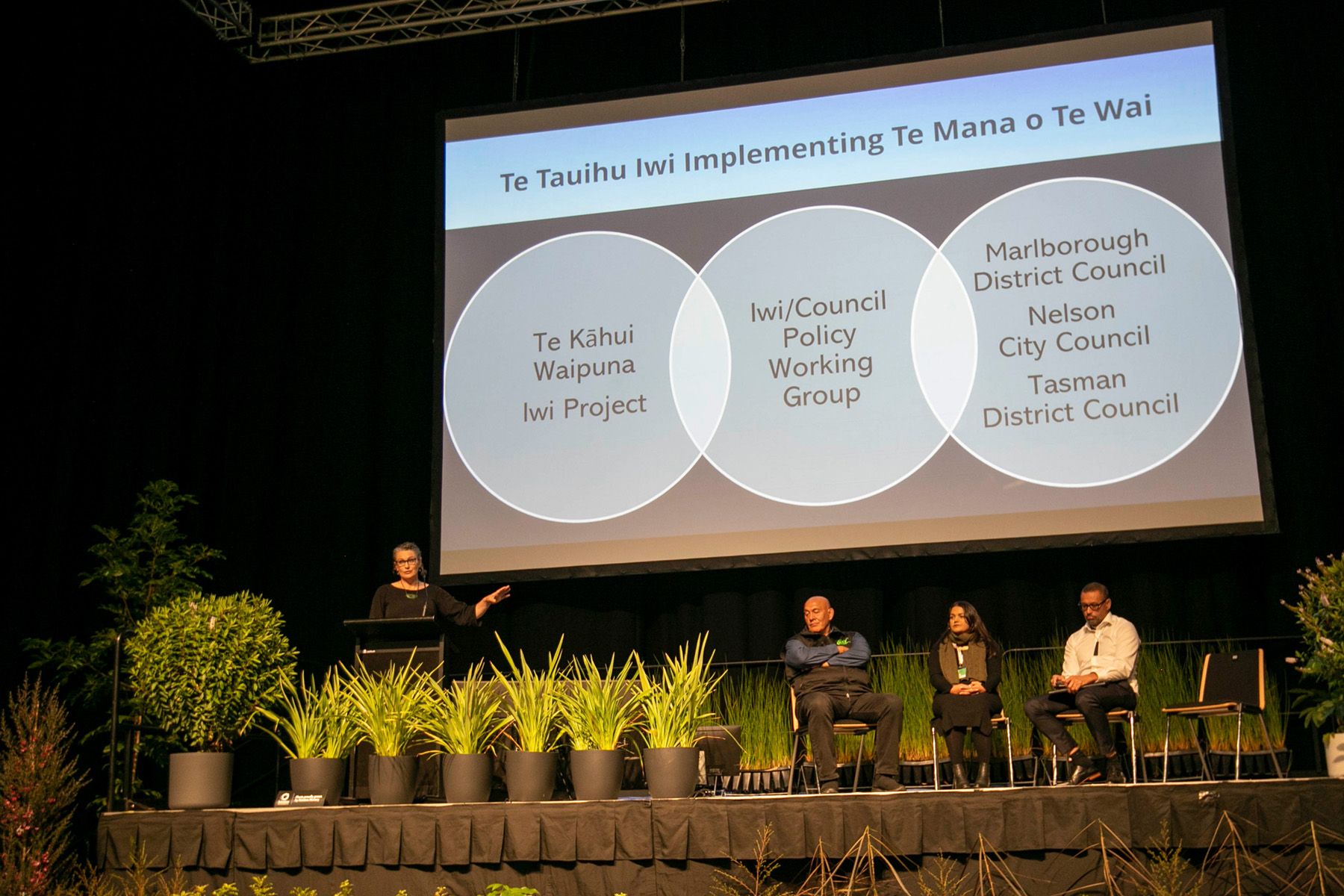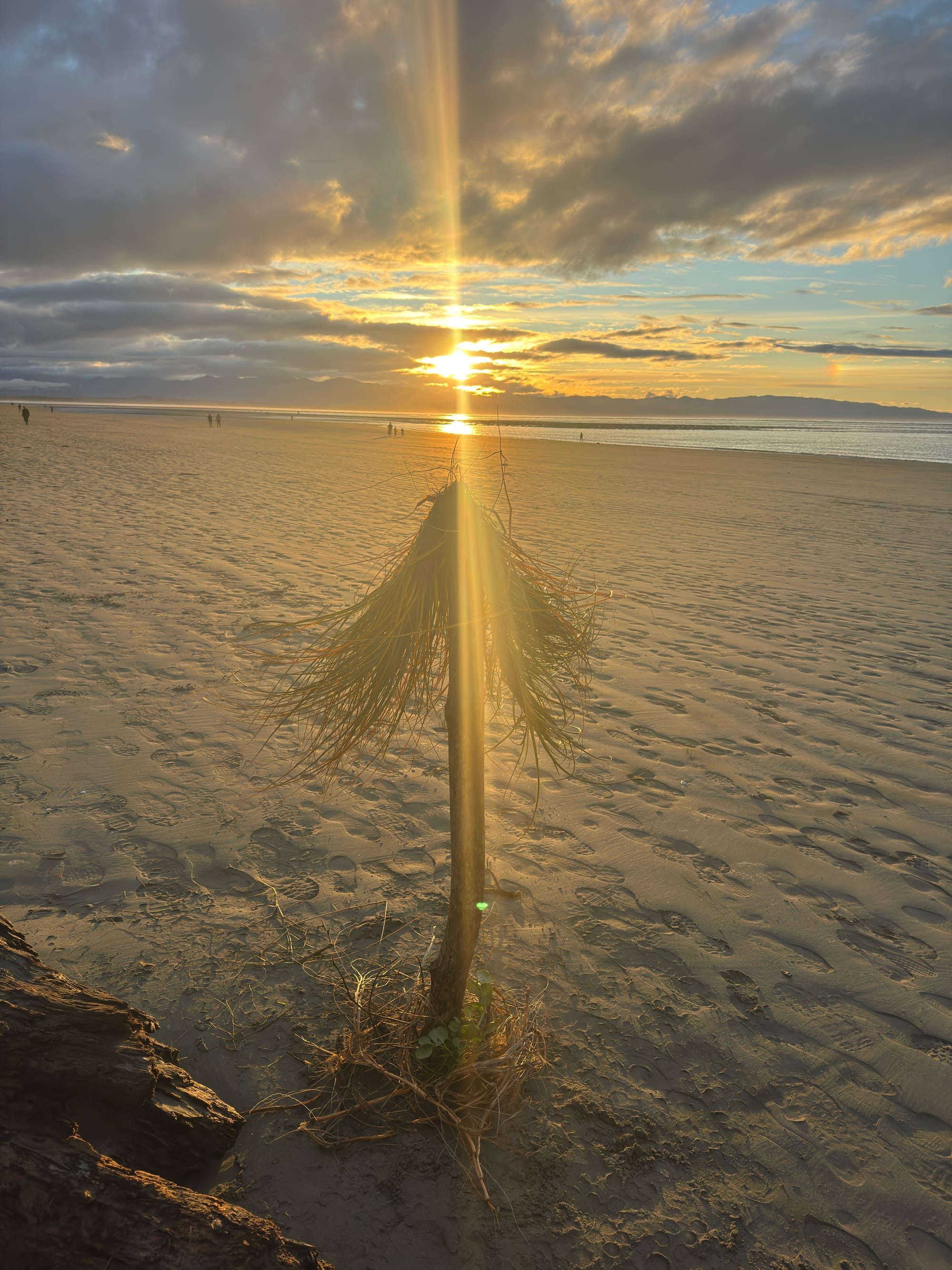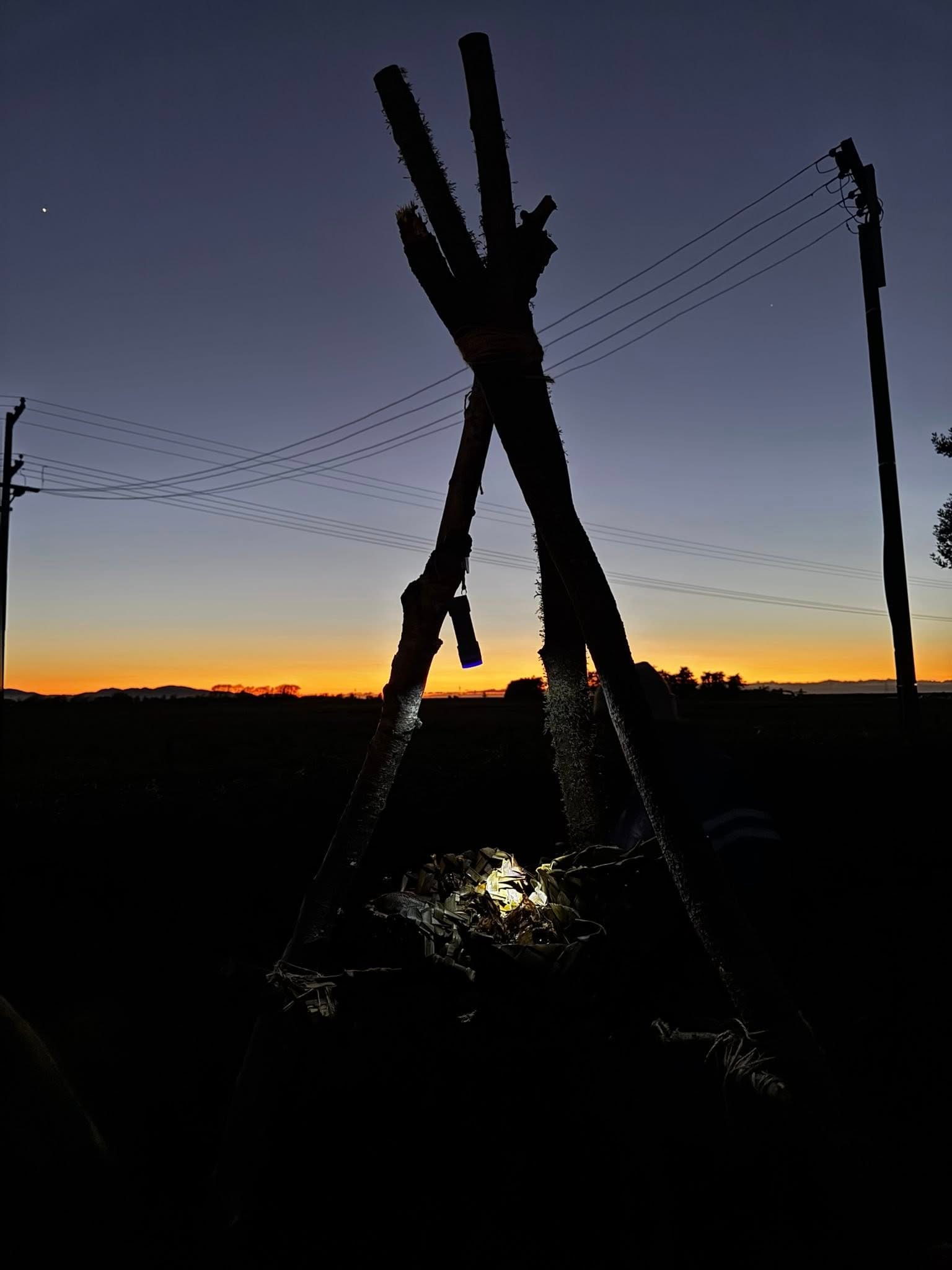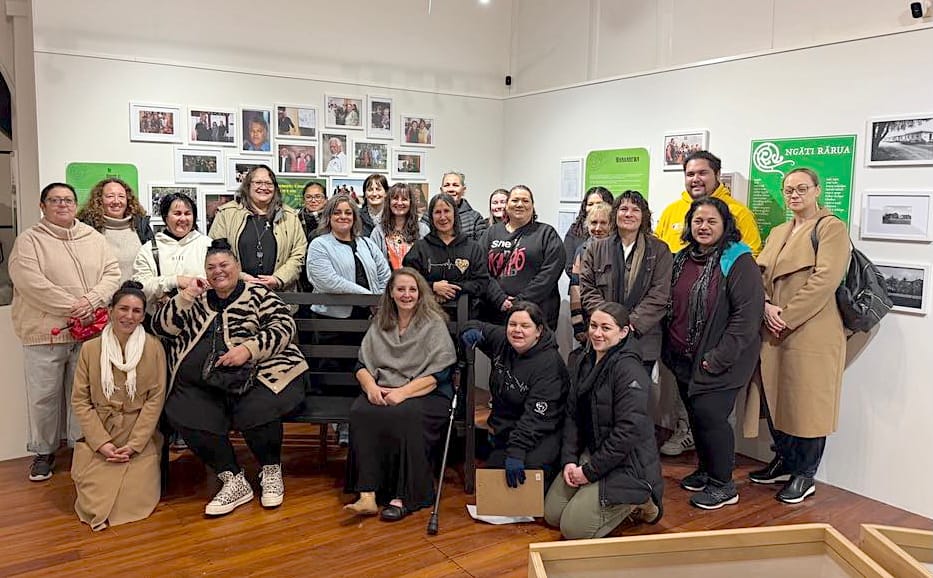Kaimahi lead keynote discussion
Te Rūnanga o Ngāti Rārua kaimahi Aneika Young, Barney Thomas and Rowena Cudby, supported by architect Keni-Duke Hetet were keynote speakers at the annual New Zealand Institute of Landscape Architects conference held in Whakatū last week.
Attended by around 200 delegates from all over the world and Aotearoa, the conference explored the idea of growing pains – how we approach the pressure of growth and balance it with cultural and environmental considerations, without losing our sense of place in Whakatū and Te Tauihu.
Our presentation started with Barney and Aneika providing a brief overview of Te Tauihu iwi, then discussing the impacts of urban growth and development on mana whenua. Some key values impacted by growth include:
- Whakapapa – the relationship of tangata whenua to taiao and place;
- The cultural landscape – history, wāhi tapu, wāhi taonga, pūrākau;
- Kaitiakitanga – including intergenerational responsibility;
- Protection of the mauri of taonga; and
- Ki uta ki tai – taking a holistic approach, from the mountains to the sea.
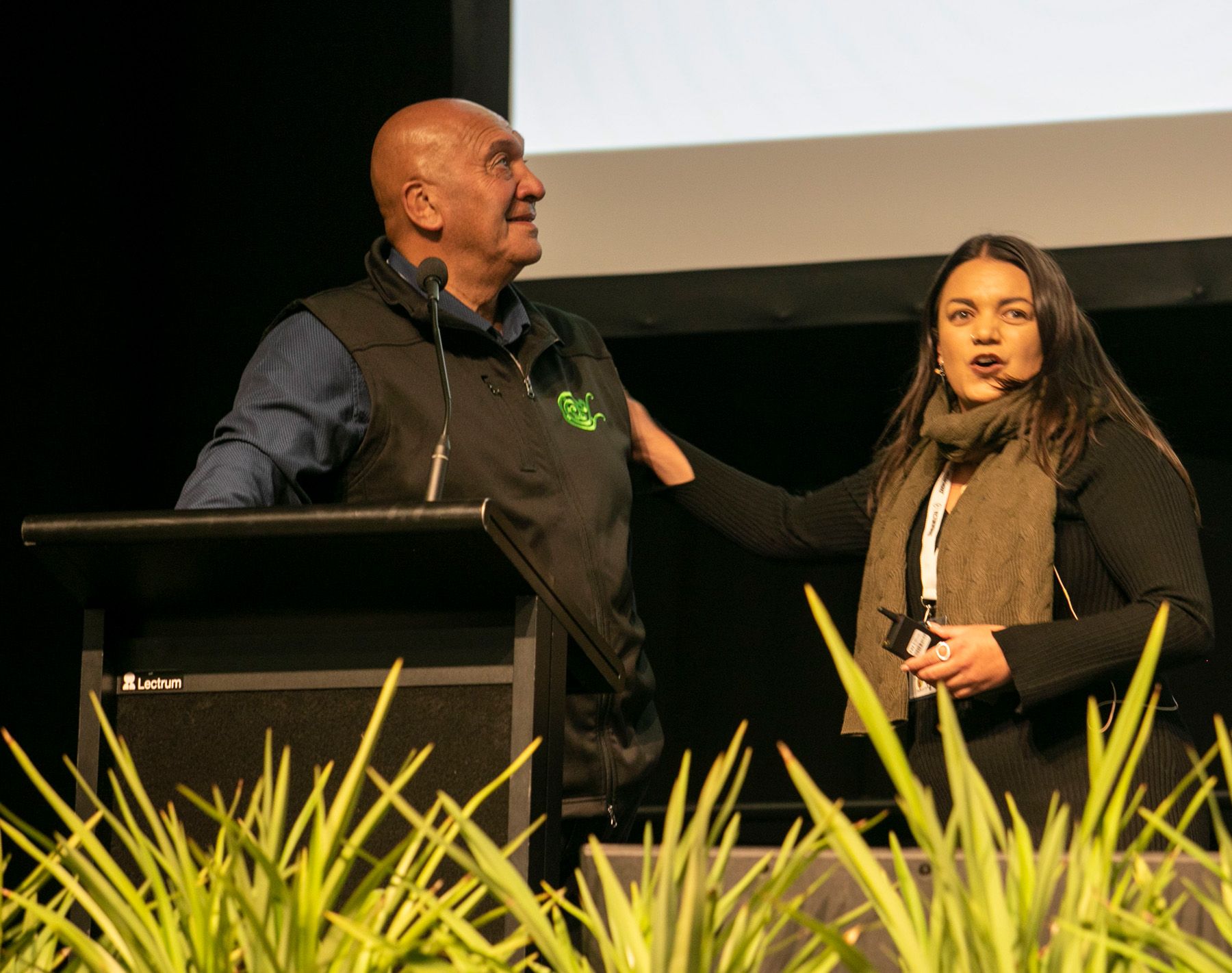
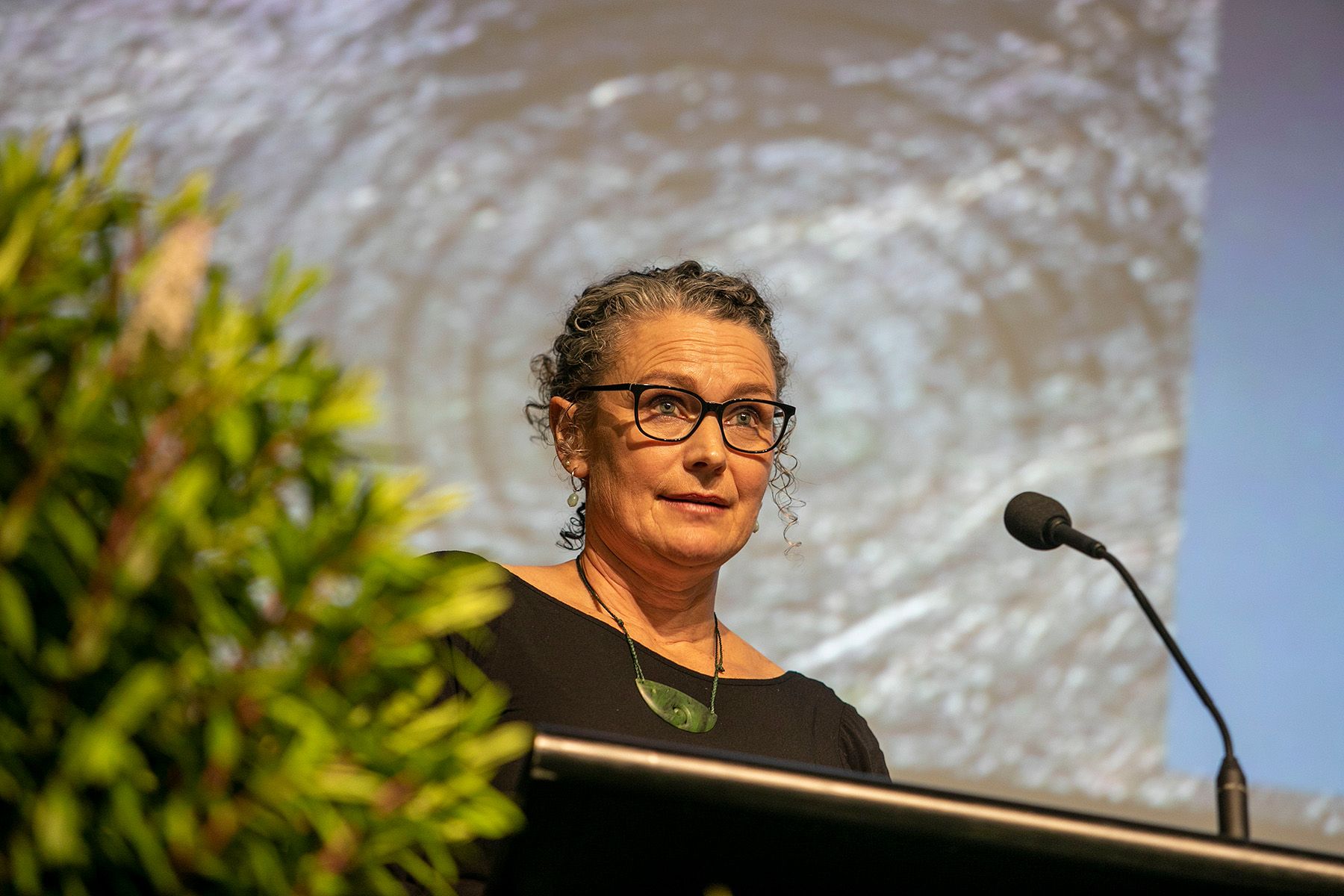
Key issues for iwi taiao representatives when working with developers and councils include:
- LORE vs LAW – how to incorporate mātauranga within a western planning framework;
- Tino-rangatiratanga and decision making in planning;
- Freshwater – Te Mana o Te Wai;
- Infrastructure – including the location of wastewater treatment plants and discharges to wai;
- Development pressure on wai and whenua; and
- Degradation of ngā taonga tuku iho and wāhi tapu.
Rowena then gave a presentation on the collaborative Te Tauihu Iwi Implementing Te Mana o Te Wai project. Led by Kura Stafford as Pou Whirinaki/Project Manager, this is part of the policy programme with councils to protect and restore te mana o te wai, increase the involvement of tangata whenua in freshwater management, and ensure Māori freshwater values are identified and provided for in regional plans.
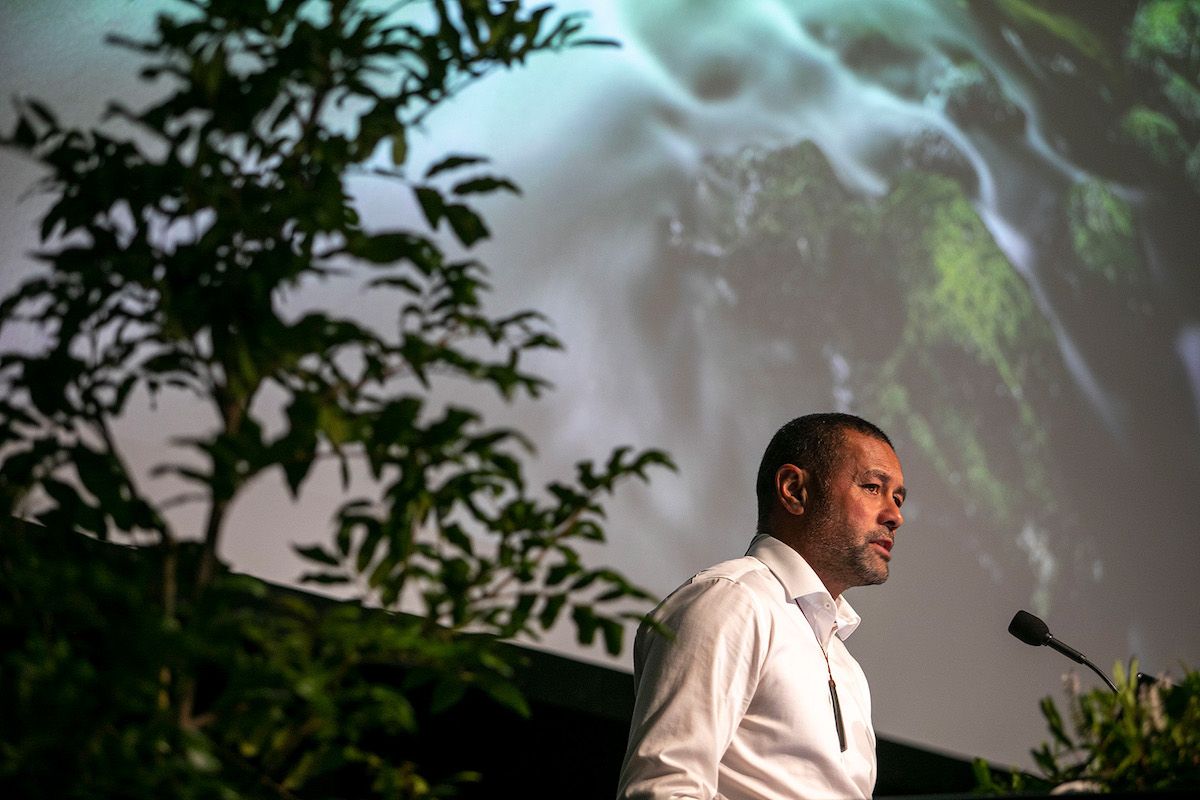
Well-known architect Keni-Duke Hetet then spoke about how cultural values can be better incorporated into urban design.

